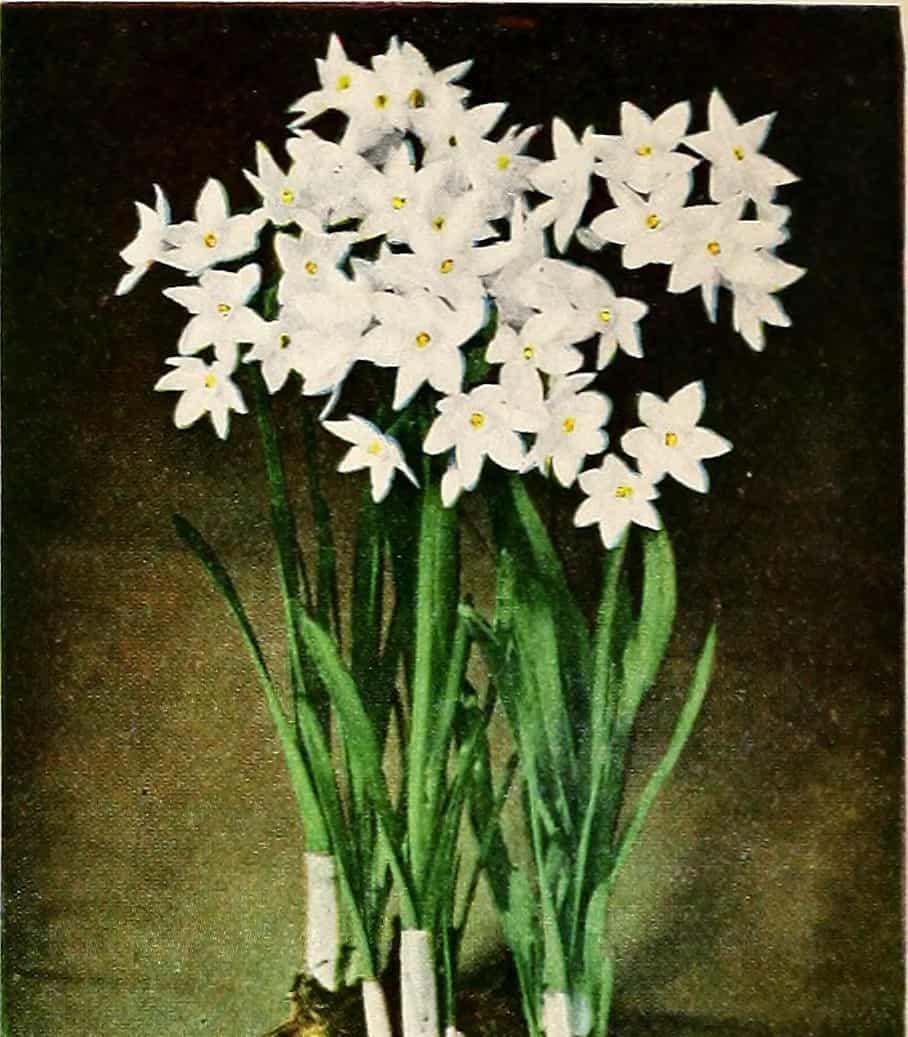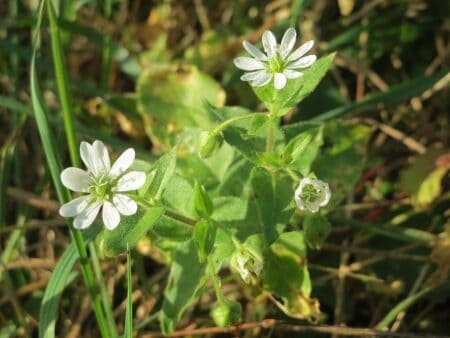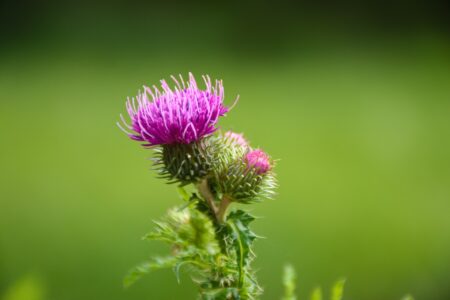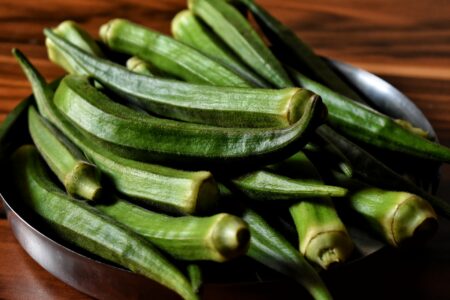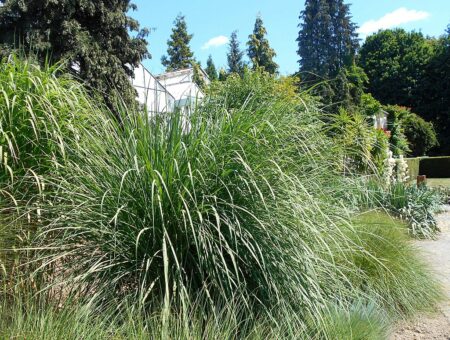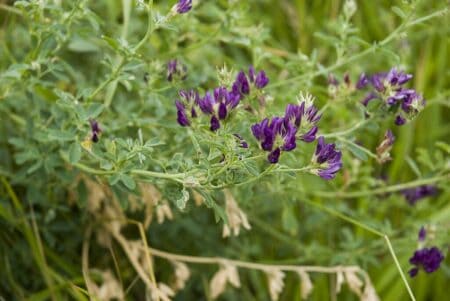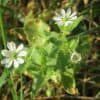Azucena Flowers (Agave Amica formerly Polianthes tuberosa) is a perennial plant native to southern and central Mexico. Azucena means Lily in Spanish, which might make people think Azucenas are lilies from the genus Lilium Candium.
It is our understanding that Azucena flowers are Tuberoses, which have lily-like blooms even though the blooms are smaller. Tuberose is sometimes called Polyanthus Lily.
Tuberoses are so fragrant that they are used in perfumery, even the French queen Marie Antoinette used a perfume that had tuberoses as an ingredient! Azucena fragrance is so strong, that just a few blooms in the room will fill the entire room with its scent.
Azucena has long bright green leaves, which are clustered at the base. Smaller leaves clasp along the stem. Its blooms are waxy white, like small white Lilies, which also cluster, but at the tip of the stem. Tuberose blooms at night! Azucena roots are fleshy and tuberous, which is actually where it got its name Tuberose!
Types of Azucena Flowers
There are many cultivars of this flower. Since Azucenas are so popular in India, some of them have been cultivated by Indian Horticultural institutes. There are four types of tuberoses, based on how many petals they have – single, semi-double, double and variegated.
The most known single varieties are Arka Nusantara, Shringar, Prajwal, and Single Mexican. The main varieties of semi-doubles are Kalyani Double, Swarna Rekha, Hyderabad Double, Culcutta Double, and Suvasini. Semi-doubles usually have a slight tone of pink or red on their blooms.
Doubles are best suited for cut flowers, here are the main cultivars – Pearl Double and Vaibhav. Known variegated cultivars are Rajat Rekha and Swarna Rekha.

Basic Care
Tuberoses grow best in tropical to subtropical climates. They enjoy a lot of sunlight and will not grow well in the shade. If you want to grow Azucenas indoors, you might have to invest in a grow light. This plant might not be for beginners, but by following our guide, you will definitely increase your chances of success.
Climate
Tuberoses require warm and humid climate, but it blooms more abundantly in milder climates. Azucena flowers are cold-hardy in USDA Hardiness zones 9-10, but can also be grown in zones 7-8, although, with unexpected cold winters, you might need to dig up the bulbs and bring them inside for warmth.
Azucena flowers grow in temperatures 66 – 86 °F (19 – 30 °C). The humidity level has to be high, this is important for indoor gardeners who live in colder areas. Grow tuberoses next to a humidifier or place a tray with pebbles under or near the flowers. Add water to the pebbles tray, the water will naturally evaporate over time and raise the humidity level.
At extremely high temperatures over 104 °F (40 °C), the plant will need some shade to not get burned.
Light
Azucena demands sunlight, this flower will barely grow in the shade, even outdoors! Avoid growing them near trees or other light obstacles. For indoor gardeners – invest in a grow light. If you’re feeling adventurous you can place them on the windowsill of the window, which gets the most sunlight.

Watering
Tuberose is extremely sensitive to waterlogged soil, even for a short period. It is very easy to overwater this plant. The good news is, they are a little drought-tolerant.
Generally, they need about 1 inch of water a week, or whenever the top of the soil feels dry to the touch. The soil should be kept moist at all times.
Soil & Fertilizer
Azucenas can be grown in many different types of soils, sandy loam, clay loam, and light soil. Remember, that it does not tolerate soggy or waterlogged soil, so it’s better to have well-draining soil. Soil should be in the pH range of 6.5-7.5, which is neutral.
Add vermiculite or perlite for drainage to regular potting mix, if growing in containers. For growing in pots, it is mandatory to use pots with drainage holes.
Tuberoses want a lot of nutrients, additionally to nitrogen, phosphorus, and potassium they also benefit from calcium, magnesium, iron, zinc, iron, aluminum, boron, and copper. There are foliar sprays available that contain zinc and iron sulfide that will improve the growth of Azucenas.
Feed the plant with a regular water-soluble fertilizer, but dilute it beforehand. If you have any access to manure or compost, you can also feed it to tuberoses. Needless to say, it is best to do this for tuberoses growing in your garden, not indoors.
Propagating
Azucena flowers can be propagated by bulbs, seeds and bulblets, but propagating by bulbs and bulblets is more practical:
Propagating by Bulbs
- Separate a disease-free spindle-shaped bulb from a clump
- Dip the bulb in 4 % Thiourea solution
- Plant it in well-draining soil after one hour
Propagating by Bulblets
- Use a sharp tool to split a bulb into 2 or 3 pieces vertically
- Plant the bulb in well-draining soil with the tip showing above surface
- Plant in well-draining soil and keep it in warm temperature

Pruning
Leaves of Azucena sometimes die and should be pruned, the same with the blooms. If this happens just before the growing season ends, it’s best not to prune. It will save energy from its dying leaves and stalks into the bulb, for the next season.
If you see disease ridden leaves or blooms, you can easily trim them away without a second thought.
Diseases and Pests
Unfortunately, Azucena flowers can be influenced by many diseases and pests. With proper care, most diseases and pests should not be a problem, tuberoses are quite tough. Below, we will provide a list of diseases and pests you should look out for.
Diseases
Stem rot, flower bud rot, Botrytis blight, Sclerotial Wilt, Alternia leaf spot, powdery mildew, and rust can affect your tuberose. Find appropriate solutions for each disease. For fungal diseases such as powdery mildew, rust, and Botrytis blight, Sclerotial Wilt use a copper fungicide.
Pests
Aphids, thrips, weevils, spider mites, nematodes, and bud borers are pests that can infest on your tuberose. Grasshoppers, bud borers and weevils are only a problem outdoors.
Symbolism
In Victorian times the tuberose symbolized dangerous pleasures. Young girls were encouraged not to smell Azucena flowers, because it might bring up erotic urges.
The blooms of tuberose are white and therefore are used in bridal bouquets. White tuberoses symbolize peace, innocence and purity. Some even say it protects from evil spirits.
Conclusion
Azucena flowers or Tuberoses are beautiful plants with white blooms with a strong fragrance. They can be grown indoors, but are much easier to grow outdoors. Tuberoses are used for fragrances and as a cut flower for weddings and gifts.

